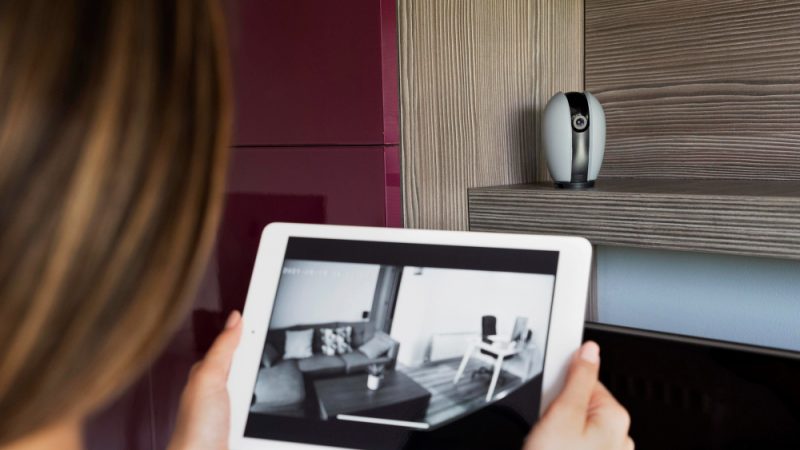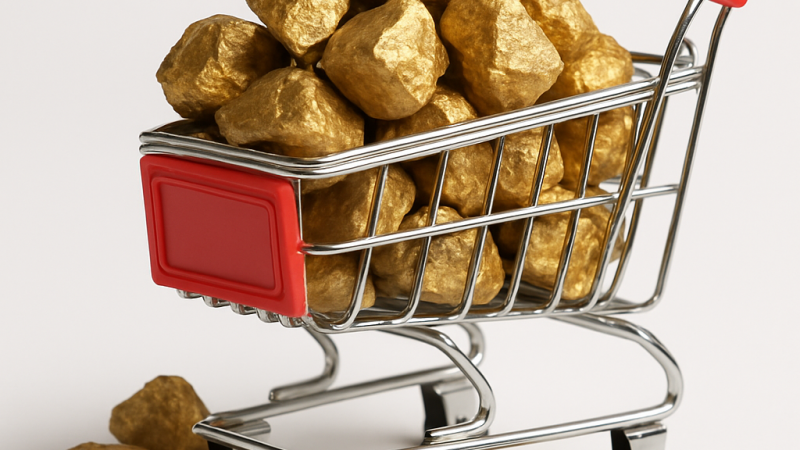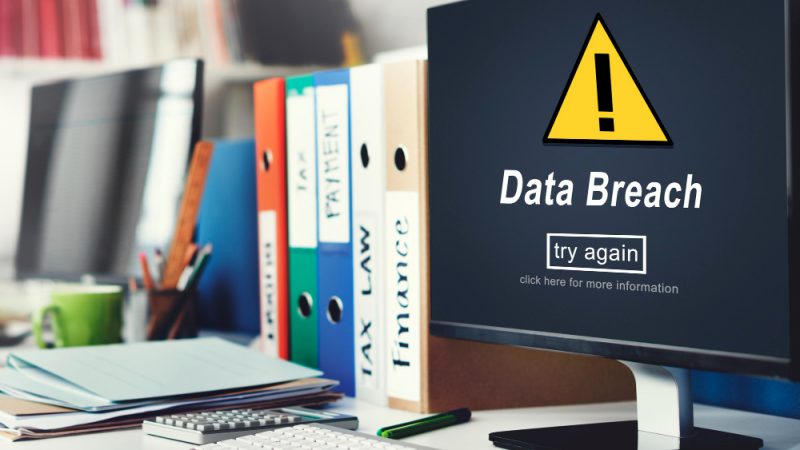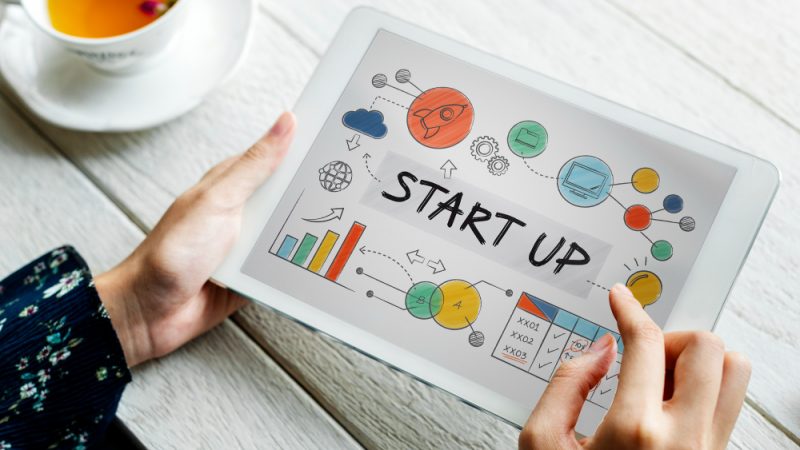How to Track Foods using the Barcode Scanner
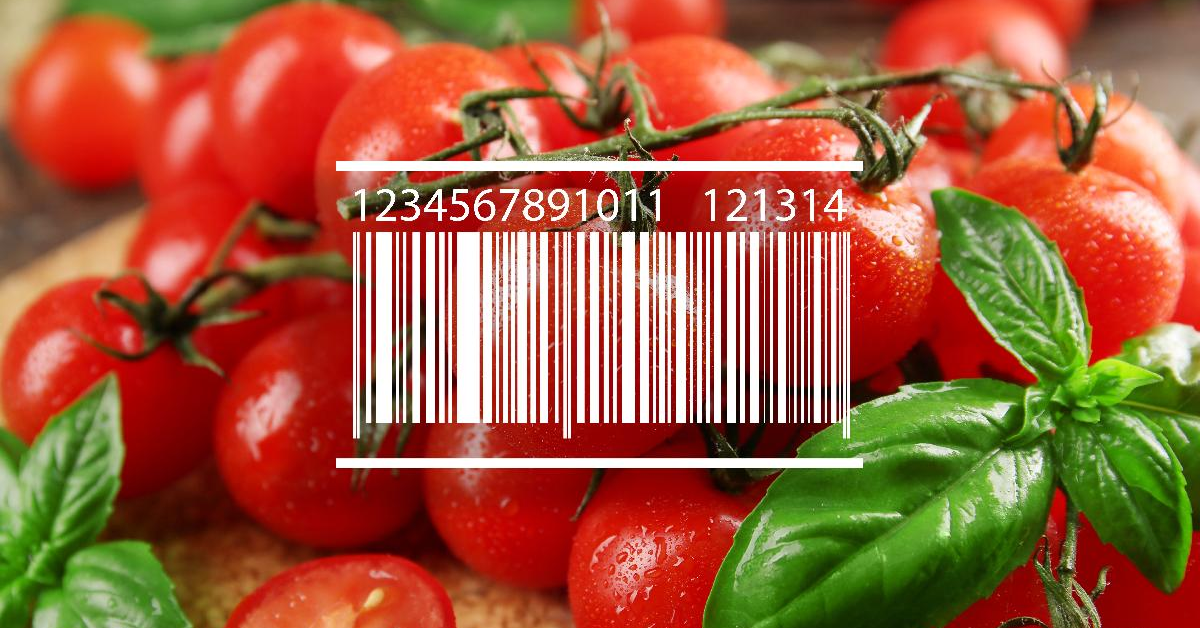
Barcodes are omnipresent. Barcode technology is used for several purposes, from inventory management to advertising, and the applications are diversifying with time. If you are health-conscious and keep track of everything you eat, you must be happy to know that barcodes can even help you track foods that you eat. Yes, you heard it absolutely right! With the help of a barcode scanner, you can scan the barcodes on different food items and access all information, such as the ingredients, the calorie count, etc. Let’s discuss how you can use a barcode reader to track your daily food intake.
Tracking Food Items with a Barcode Scanner
Getting access to all the information related to a food item, such as whether it’s vegan or vegetarian, sugar-free or kosher, can get a little tricky. When a product is too small, and the text is difficult to read, it can get a lot more challenging to understand what we are consuming. In such a situation, the barcode on the product helps a great deal. All you need to have is a barcode scanner app on your mobile phone, and you are good to go.
A robust barcode reader will provide the information related to a food item by scanning the barcode placed on the food item. All you have to do is scan the barcode with your smartphone camera, and it will provide you with the relevant information.
Features to Look for in a Food Barcode Scanner
An online barcode scanner can be found easily, but it may not be able to scan all types of barcodes. Also, challenging environments and tough barcodes make barcode scanning even more difficult. While looking for a barcode reader, consider the features mentioned below for effective barcode scanning.
Read Different Barcode Types:
Whether it’s a QR code or UPC barcode, the barcode scanner you choose must be able to read barcodes that are common in retail so that you don’t have to struggle while accessing the product information. This guide will help you get familiar with the barcode types used in retail and different other industries.
Read Tough Barcodes:
Whether it’s a small barcode on a tiny yogurt bottle or an incomplete QR code on a packet of artisanal bread, the barcode reader you choose must be able to scan such barcodes. Other examples of tough barcodes include crumpled QR codes, angled barcodes, marked-up codes, dense barcodes, etc.
Good Speed:
One of the main benefits of barcode technology is that it provides instant information. Hence, speed becomes critical. Look for a barcode reader that is capable of scanning barcodes quickly. Leading barcode scanners in the market can scan more than 500 barcodes in a minute.
Share Details of the Food Items:
What’s the point of having a barcode reader if it cannot share the details of the food item? You can either choose a leading barcode scanner or a particular food barcode reader app to perform the scanning for you. There are many food scanner apps available out there that are specially designed to provide the product details and track foods you eat.
Information about the Food Packaging:
If you are a health-conscious person, you must be concerned about the packaging that the food comes in. What kind of material is used for the product packaging? Is it safe for your health or not? Choose a barcode scanner that can provide you with such details to keep your health a priority.
History of the Scanned Items:
A barcode reader may not provide you with the history of the products that you have scanned. Hence, look for a barcode scanner that lets you access all the food items you previously scanned so that you wouldn’t have to perform barcode scanning again and again.
Timely Updates:
Technology keeps changing with time. Hence, the food scanner app that you choose must provide timely updates to fix bugs, if any, and improve its features.
So, that was all about how you can track foods using a barcode scanner. The features mentioned above will help you choose a robust barcode reader for effortless barcode scanning to get the exact information about the foods you consume.



